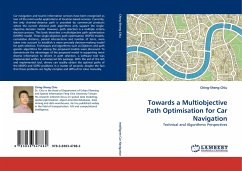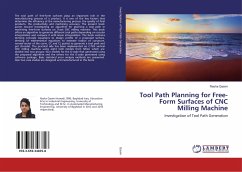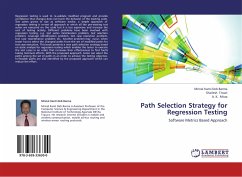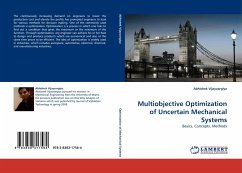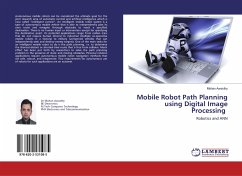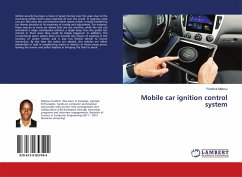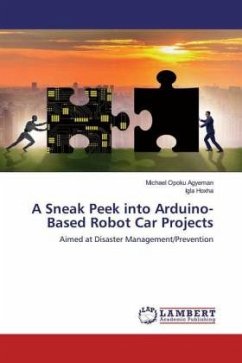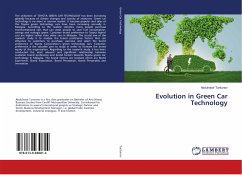Car navigation and tourist information services have been recognised as two of the most useful applications of location-based services. Currently, the only shortest-distance path is provided by commercial products where the current shortest path algorithms only support the single-objective decision model. However, path selection is a multiple criteria decision process. This book describes a multiobjective path optimisation (MOPO) model. Three single-objective path optimisation (SOPO) models, cumulative distance, passed intersections and number of turns, were taken into account to establish a more precisely decision-making model for path selection. Techniques and algorithms such as Dijkstra's and path genetic algorithms for solving the proposed models were discussed. To demonstrate the advantages of the proposed model in supporting more diverse information to drivers in path selection, a software tool was implemented within a commercial GIS package. With the aid of the GIS and implemented tool, drivers can readily obtain the optimal paths of the MOPO and SOPO problems in a matter of seconds, despite the fact that these problems are highly complex and difficult to solve manually.
Bitte wählen Sie Ihr Anliegen aus.
Rechnungen
Retourenschein anfordern
Bestellstatus
Storno

